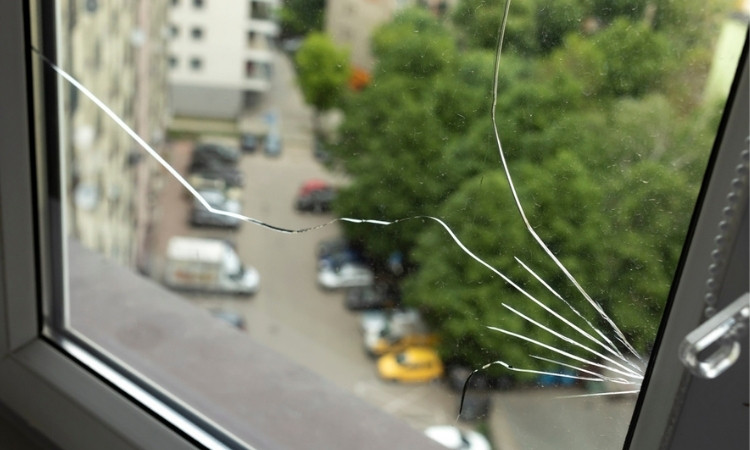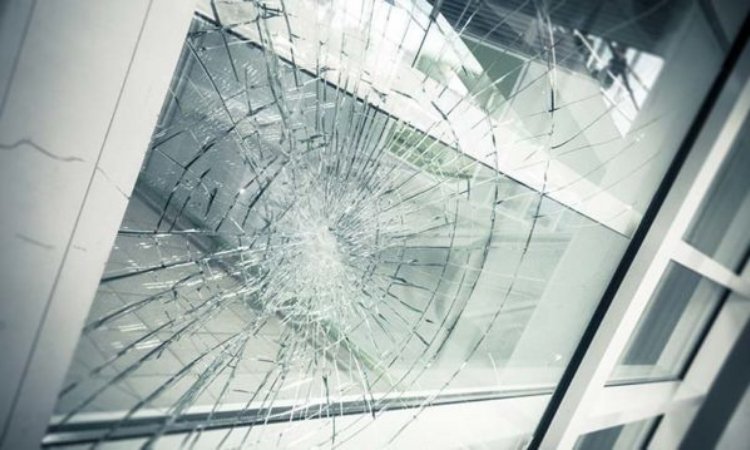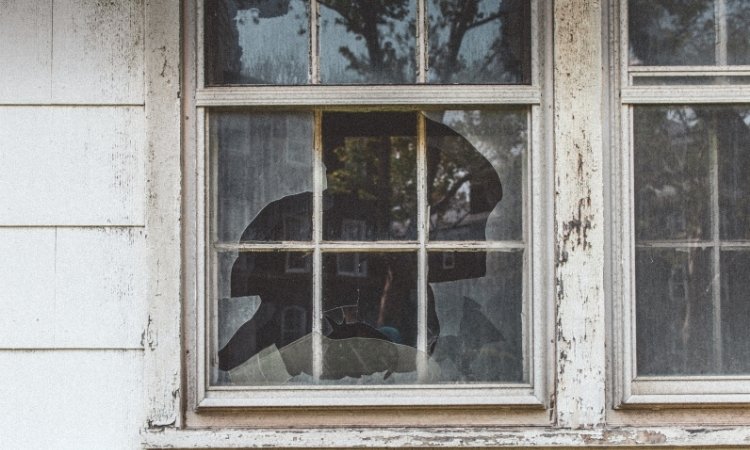Window glass damage is quite common in Singapore, especially in residential places. It not only causes inconvenience to people but also too much money spent on repairs and sometimes fully replacing the glass. In this article, we’ll tell you about the 7 common causes of residential window glass damage in Singapore.
By knowing the causes, you’ll be able to find the best way to avoid each and prevent damage to the glass window. LS Window Repair Services Singapore expert in window hinge replacement, window installation, and window gasket replacement services in Singapore.
7 Common Causes of Residential Window Glass Damage in Singapore
Window glass damage not only affects your place’s appearance, causes inconvenience but it also costs you a lot of money. You can’t be spending so much money on repairing the window glass every single month. Let’s learn about the 7 common causes of residential window glass damage in Singapore so you can avoid them.
Heavy Rain And Strong Winds
Storms in Singapore can be intense. The wind pushes hard against windows and can carry branches or loose items straight into the glass.
When rain pounds on a weakened frame, it adds even more pressure. Sometimes the damage is obvious right away. Other times, a small crack hides until sunlight catches it a few days later.

Accidental Impact From Daily Activities
Not all window damage comes from big events. A ball kicked too high, a toy thrown in the wrong direction, or bumping the glass while moving furniture can be enough.
One strong hit in the wrong spot can start a crack that slowly grows. People often don’t notice until they hear a faint snapping sound days later.
Poor Quality Glass Or Frames
Windows made with weak materials don’t last as long. Thin glass struggles with temperature changes and regular pressure. Frames that bend or shift put uneven force on the pane.
These problems might not show for years, then one day the glass just gives way. Checking the quality early can save a lot of trouble later.
Thermal Stress From Heat
Singapore’s heat can be tough on glass. When one part of the window gets more sun than another, the glass expands unevenly.
That difference creates pressure inside the pane. Over time, small cracks can form even without anything hitting it. Sometimes the break happens suddenly on a hot day without any warning.
Building Movements Or Vibrations
Even the most solid-looking buildings shift a little over time. Heat and moisture can make walls expand and contract, while tiny ground movements do the rest. In taller flats, the shaking from nearby drilling or construction can travel right through to the window frames.
Glass isn’t great at handling this kind of constant pressure, so small cracks can creep in after years of strain.
Poor Installation Practices
If a window isn’t put in the right way from the start, problems are almost certain later on. Uneven fitting or gaps in the seal leave some parts of the glass working harder than others.
That hidden stress can sit there for months or years. One day, a gentle push on the pane is all it takes for a chip or crack to show up.

Corrosion And Wear Around The Frame
Singapore’s damp air can slowly eat away at window frames. Metal parts can rust through, and wood can swell or decay.
Once that happens, the frame can twist or warp, pressing harder on certain spots of the glass. When the weight isn’t shared evenly, the pane becomes much easier to break, even with a light knock.
Final Words
The window glass damage is one of the most common issues people are facing in Singapore, especially in residential places. The window glasses don’t last long and break every single month, which costs lots of money to fix and also causes inconvenience.
There are 7 common causes of residential window glass damage in Singapore that you should try to avoid. These include heavy rain and strong winds, which can push debris into the glass, and accidental impact from daily activities, like toys or furniture hitting the pane.
Poor quality glass or frames can weaken over time, while thermal stress from heat can cause cracks. Building movements or vibrations add strain, poor installation leaves weak spots, and corrosion around frames reduces support.

